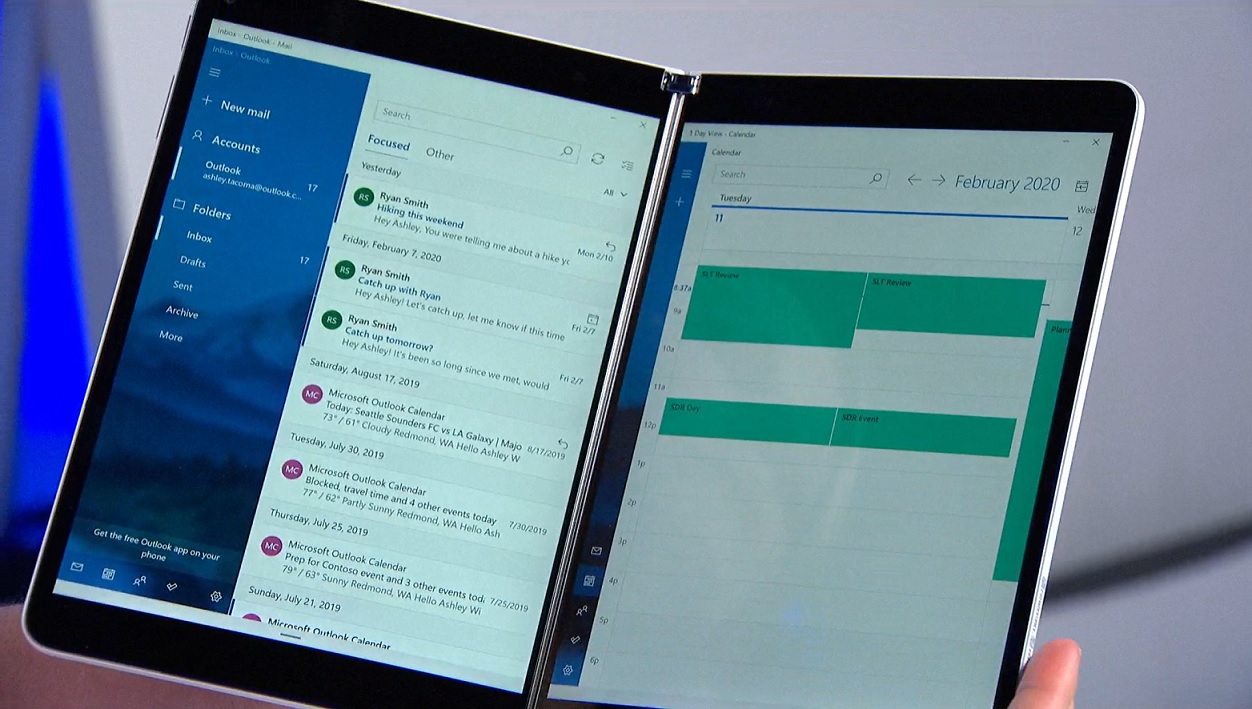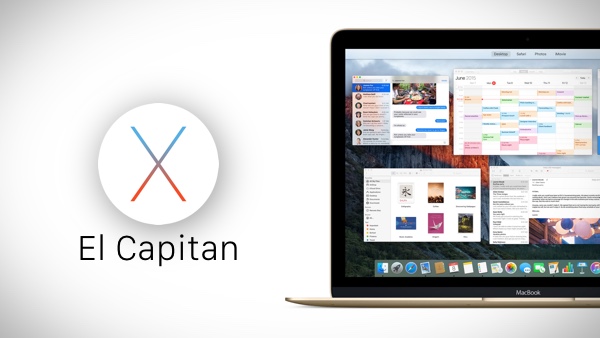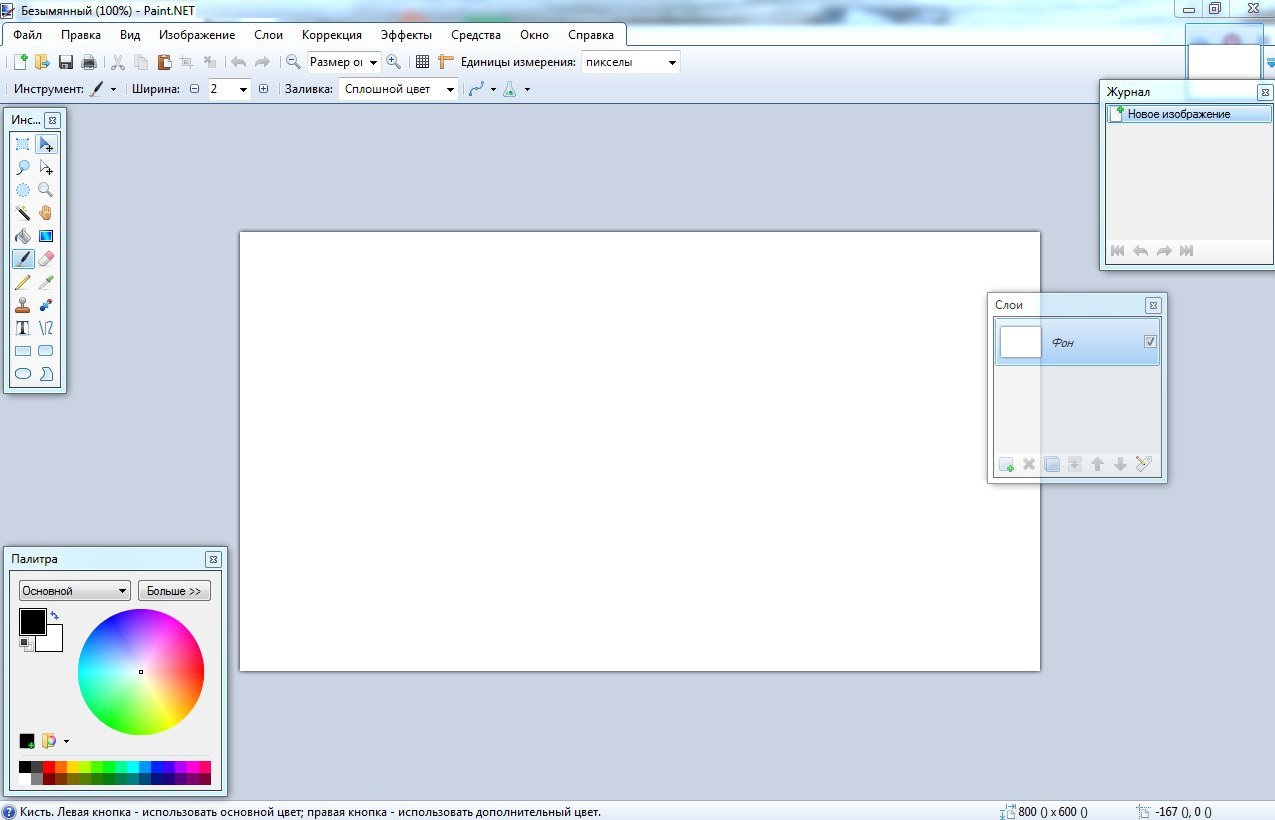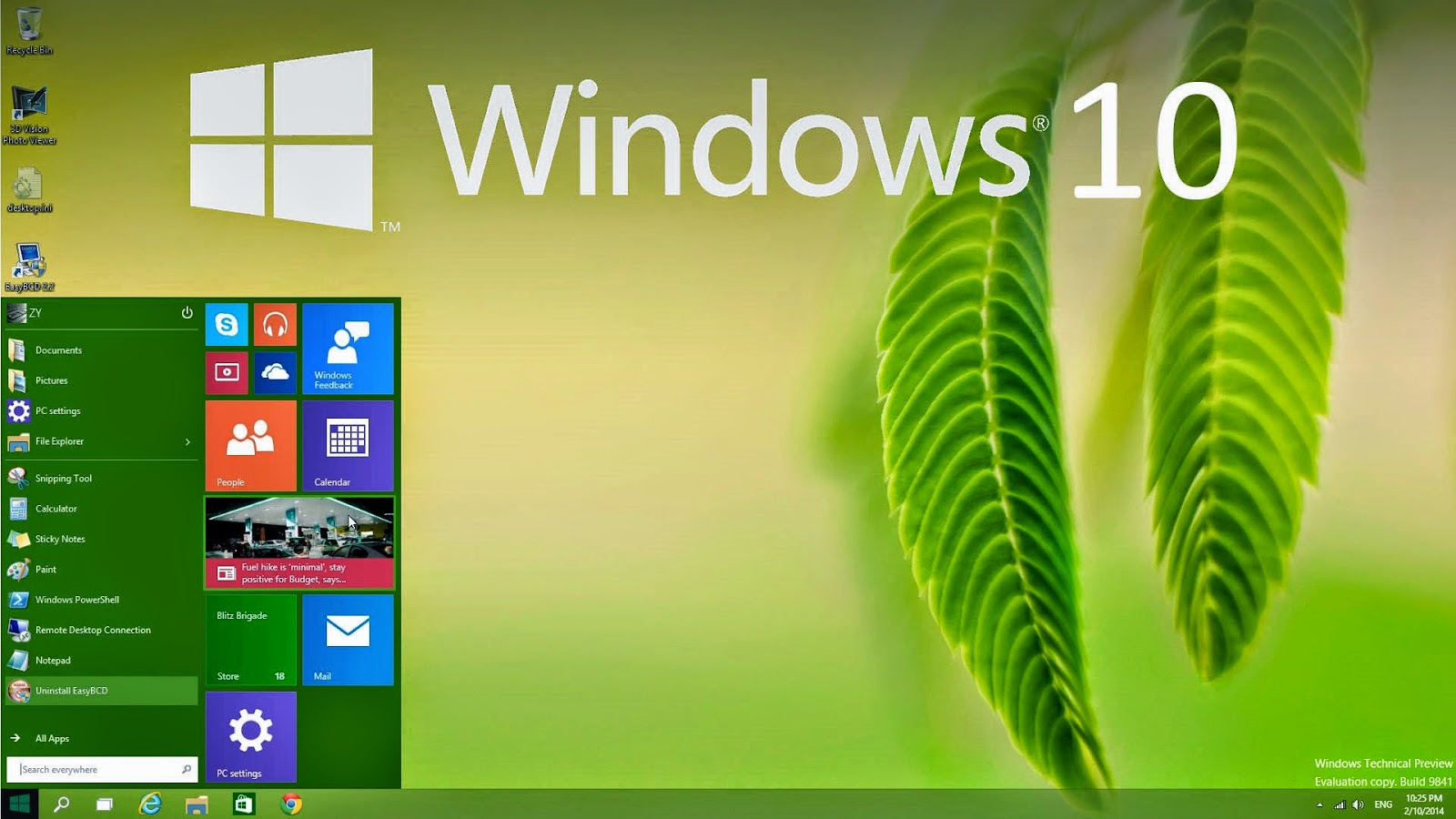

The process of upgrading your computer varies depending on which version of macOS is currently installed on your computer.Īs of 10.15 Catalina, macOS does not support 32-bit applications. If this is the case, you will need to replace your current computer with a newer model. If your computer does not meet the minimum requirements for Catalina or Mojave, you will not be able to install a supported version of macOS. If you are running an older OS, you can look at the hardware requirements for the currently supported versions of macOS to see if your computer is capable of running them: If your computer is running macOS 10.14 Mojave or older it will need to be upgraded – make a note of your installed macOS version and your computer’s model and year as that information will be helpful when upgrading macOS.You’ll see the macOS name and version number, such as macOS Catalina 10.15.5 as well as your computer model and year.From the Apple menu in the top left corner of your screen, choose About This Mac.


Note: Other options for running Origin on a Mac such as using CrossOver or WineBottler are currently not recommended by OriginLab.All UVM-owned computers running macOS 10.14 Mojave or older must be updated or replaced as soon as possible to comply with the University Information Security Policy. Run the virtual computer on which Windows is installed.Using the virtualization software, create a new virtual computer and install Windows on the virtual computer.Install the virtualization software on your Mac computer.For any issues that are outside of OriginLab's control, please check Microsoft's Windows Amr-based PCs FAQ. Note about M1 Macbook : Origin can run on M1 cpu, using Parallels and Windows 11. Additional system requirements: Parallels ® Desktop for Mac Requirements, VMWare ® Fusion Requirements, VirtualBox Requirements.2GB of RAM, 750 MB free hard disk space for the virtualization software, 20GB free hard disk space for each virtual machine.For those who prefer to run Origin as an application on your Mac desktop without a reboot of the Mac OS, we suggest the following virtualization software:

OriginLab recommends running Origin from Boot Camp, if dual-booting is an option. Running Origin on Mac using Virtualization Software Use it to open Origin files in the Mac environment (Mac OS 10.10 or newer) so that you can view and copy data to other applications, including the copying and pasting of Origin's publication-quality graphs and layout pages as PNG or PDF images. The Mac Viewer is a portable, standalone application that can be run without installation. OriginLab has made available a free Native Mac Version of the Origin Viewer. To install and run Origin or OriginPro on a Mac, you need use a virtualization software, as explained below. Origin is a Windows software, optimized for the Windows GUI.


 0 kommentar(er)
0 kommentar(er)
